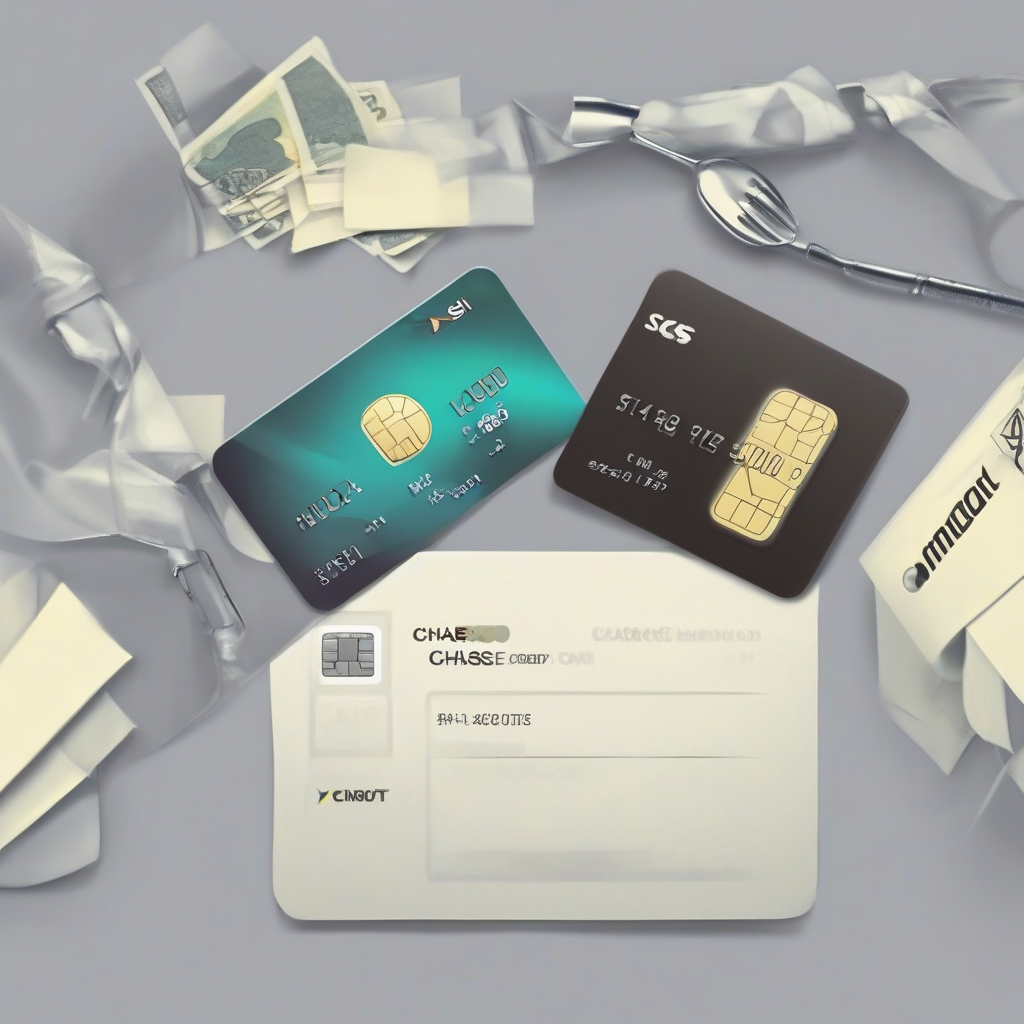Decoding the Chase Credit Card Application Process: A Comprehensive Guide
Applying for a Chase credit card can seem daunting, but understanding the process can significantly increase your chances of approval. This guide breaks down each step, from pre-qualification to post-approval, offering tips and strategies to navigate the application successfully.
1. Pre-Qualification: Understanding Your Chances
- What is pre-qualification? Pre-qualification checks your creditworthiness without impacting your credit score. It provides an estimate of your approval odds and potential credit limit.
- How to pre-qualify: Visit the Chase website and use their pre-qualification tool. You’ll need to provide basic personal and financial information.
- Benefits of pre-qualification: Avoids a hard credit inquiry if you’re not a good fit, saves time by focusing on cards you’re likely to be approved for.
- Limitations of pre-qualification: Not a guarantee of approval, the offer might differ from the final approval.
2. Choosing the Right Chase Credit Card
- Assess your needs: Consider your spending habits, desired rewards (cash back, points, miles), annual fees, and interest rates.
- Research Chase’s offerings: Chase offers a wide range of cards catering to various needs – from student cards to premium travel cards.
- Compare features and benefits: Use online comparison tools or read detailed reviews to understand the nuances of different cards.
- Consider your credit score: Higher credit scores usually qualify for cards with better benefits and lower interest rates.
3. Gathering Necessary Information
- Personal Information: Full name, date of birth, Social Security number, address, and contact information.
- Employment Information: Current employer, job title, income, and employment history.
- Financial Information: Current addresses, bank account information, other credit card details, assets, and liabilities.
- Accuracy is crucial: Inaccurate information can lead to application rejection or delays.
4. Completing the Online Application
- Create a Chase account: If you don’t already have one, create a Chase account to streamline the application process.
- Follow the instructions carefully: Complete all fields accurately and completely.
- Double-check your information: Review all the entered information before submitting the application to avoid errors.
- Be prepared for a lengthy application: The application might take some time to complete due to the detailed information required.
5. Understanding the Application Review Process
- Credit Check: Chase will perform a hard credit inquiry, which will temporarily impact your credit score.
- Income Verification: Chase may verify your income through your employer or bank statements.
- Application Review Time: The review process can take several days or even weeks, depending on the complexity of the application and Chase’s current workload.
- Factors Affecting Approval: Credit score, income, debt-to-income ratio, credit history, and application accuracy all play a role in the decision.
6. Dealing with Application Rejection
- Review the rejection reason: Chase usually provides a reason for rejection in the notification.
- Address the underlying issues: Improve your credit score, reduce your debt, or increase your income to improve your chances in the future.
- Re-apply after addressing issues: Wait a few months before reapplying to allow for improvements to reflect in your credit report.
- Consider alternative cards: Explore credit cards from other issuers if you are not approved for a Chase card.
7. Post-Approval Steps
- Activate your card: Activate your new card following the instructions provided by Chase.
- Review your cardholder agreement: Understand the terms and conditions, including interest rates, fees, and rewards program details.
- Set up online access: Register for online access to manage your account, view statements, and make payments.
- Responsible credit card use: Use your card responsibly to maintain a good credit history and maximize the benefits.
8. Tips for Increasing Your Chances of Approval
- Improve your credit score: Pay bills on time, keep credit utilization low, and avoid opening too many new accounts.
- Increase your income: A higher income demonstrates greater financial stability.
- Reduce your debt: Lower your debt-to-income ratio to improve your creditworthiness.
- Apply for cards you are likely to be approved for: Start with cards with lower requirements and gradually apply for higher-tier cards as your credit improves.
9. Understanding Chase’s Credit Card Rewards Programs
- Points, miles, or cash back: Understand the different reward structures offered by Chase cards.
- Redemption options: Learn how to redeem your rewards for travel, cash back, or merchandise.
- Bonus offers: Take advantage of welcome bonuses and other promotional offers.
- Program terms and conditions: Thoroughly read the terms and conditions to understand any limitations or restrictions.
10. Contacting Chase Customer Service
- Phone support: Chase offers phone support for assistance with application inquiries or other card-related issues.
- Online help center: The Chase website provides a comprehensive help center with FAQs and troubleshooting resources.
- In-person assistance: Visit a local Chase branch for in-person assistance if needed.
- Document your interactions: Keep records of any communication with Chase customer service.

